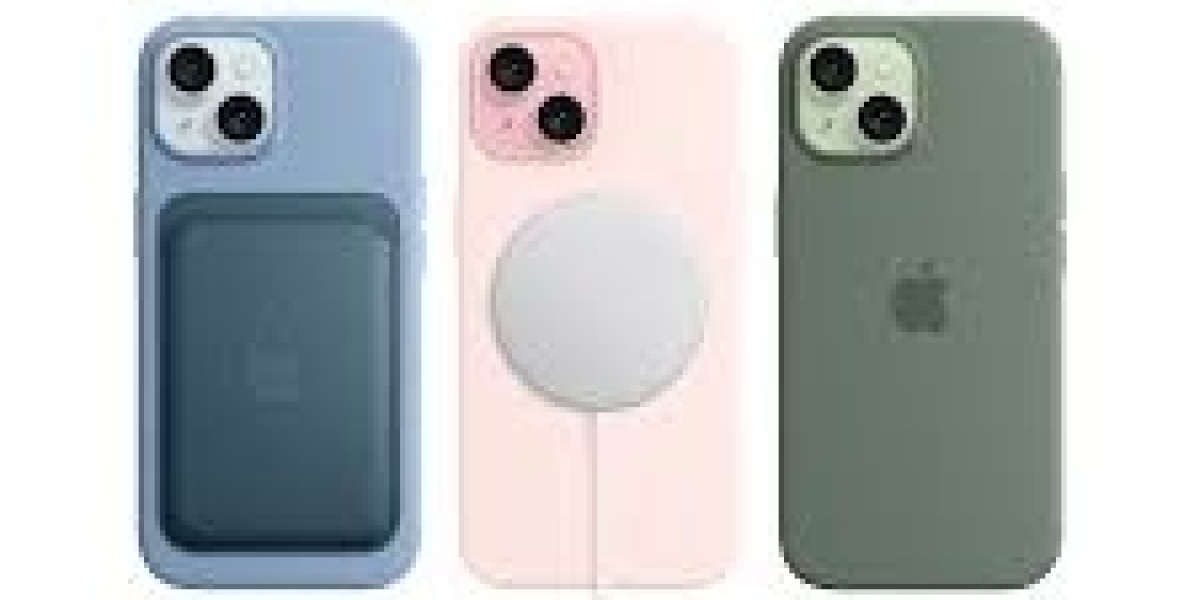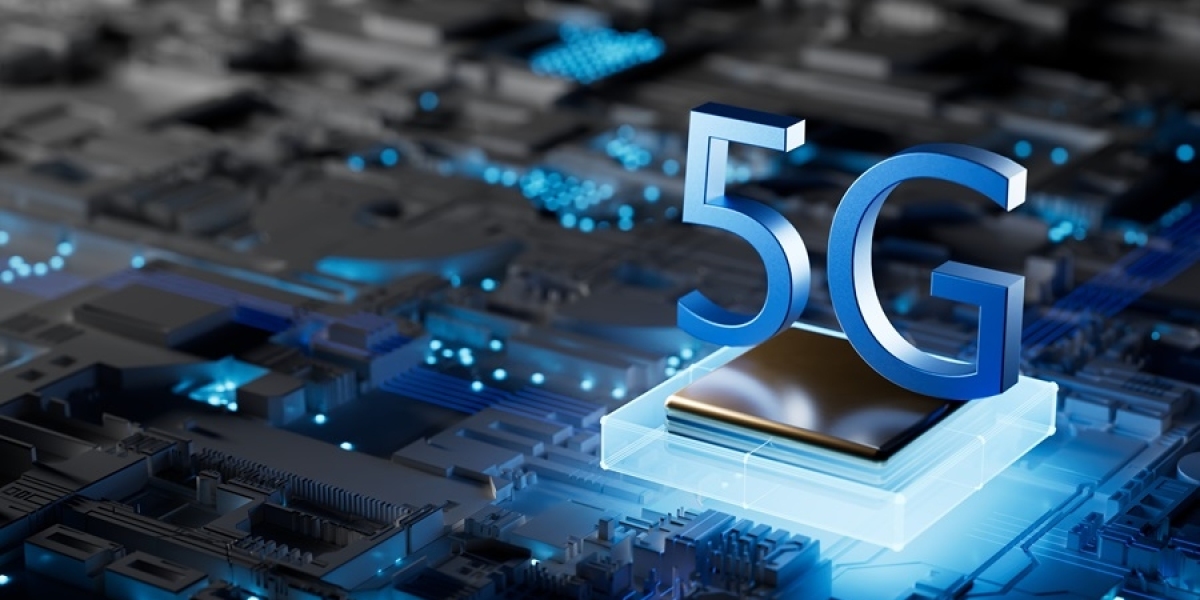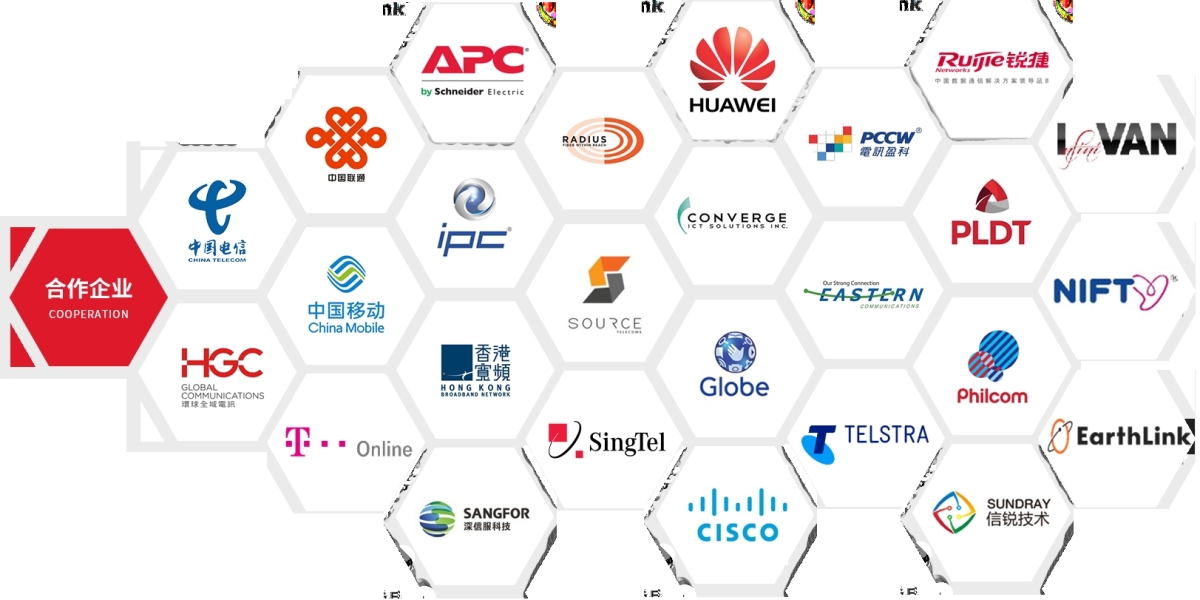Why the iPhone 15 Still Matters in Australia
Even though newer iPhone models may be on the horizon, the iPhone 15 continues to capture attention in Australia because it strikes a balance between modern features and value. For many Australian buyers, it's no longer about having the absolute latest—it’s about getting reliable performance, future‑proof features, and good resale or trade‑in value. With features like USB‑C charging, upgraded cameras, and the A16 Bionic chip, the iPhone 15 in Australia offers enough innovation to remain relevant in 2025.
Additionally, the strong ecosystem in Australia—carrier support, access to Apple’s services, and reputable retailers—makes purchasing and servicing iPhones more trustworthy than for many brands. That is why—and how—many Australians still seriously consider the iPhone 15 as a top pick.
Key Specifications of the iPhone 15
Below are the standout specifications and feature breakdowns that define the iPhone 15 experience in Australia.
Display, Form Factor & Build
The iPhone 15 comes with a 6.1‑inch Super Retina XDR OLED display, offering crisp visuals and vibrant color reproduction.
It features Dynamic Island, which Apple extended from its Pro models into all iPhone 15 variants.
The screen has a resolution of approximately 2556 × 1179 pixels (for the 6.1‑inch model), achieving ~460 ppi.
For build materials, the standard iPhone 15 uses aluminium and colour-infused glass, with a Ceramic Shield front for extra drop protection.
The thickness is about 7.80 mm, and the weight for the base model is around 171 grams.
One thing to notice is that the iPhone 15 (non-Pro) retains a 60 Hz refresh rate, which is lower than some rivals that offer 90 Hz or 120 Hz screens. That said, Apple’s software optimizations often mitigate the difference in everyday use.
Processor, Performance & Hardware
The iPhone 15 is powered by the A16 Bionic chip—a 6-core CPU (2 performance cores + 4 efficiency cores) and a 5-core GPU, plus a 16-core Neural Engine.
For graphics, machine learning, and everyday use, this chipset still performs strongly in 2025. Some reviewers note that Pro models push the performance ceiling further, but for many users, the A16 remains more than capable.
Storage options are 128GB, 256GB, and 512GB.
RAM is commonly reported as 6 GB (non‑Pro), which supports smooth multitasking and app switching in iOS.
Camera Capabilities
The iPhone 15 features a dual‑camera system: a 48MP main (wide) sensor and a 12MP ultra-wide lens.
The 48MP main camera brings higher detail and flexibility (for cropping or digital zoom) and supports both 24MP and 48MP output modes.
Optical zoom is limited: 2× optical zoom in and 2× optical zoom out (effectively 4× optical zoom range), and digital zoom up to 10×.
You also get features like Smart HDR 5, Deep Fusion, Night Mode, and next-generation portrait controls.
The front (selfie) camera is 12MP and supports 4K video recording in multiple frame rates.
These camera upgrades make the iPhone 15 more competitive, especially for users who want to capture high-quality photos without going to a Pro variant.
Battery, Charging & Connectivity
In terms of battery life, Apple and reviewers indicate up to 20 hours of video playback for the standard iPhone 15, and somewhat more for the Plus variant.
Fast charging is supported; using a 20W (or higher) adapter, you can get significant charge in a short time.
Notably, the iPhone 15 line (including non‑Pro) switches to USB‑C for charging and data transfer—marking Apple’s departure from the Lightning port after over a decade.
For connectivity, the phone supports 5G, Wi-Fi 6 (802.11ax), Bluetooth 5.3, NFC, Ultra Wideband, and dual eSIM capabilities.
The USB‑C port on the base model supports USB 2 speeds (up to ~480 Mbps) while Pro models may support faster transfer speeds.
Durability, Water Resistance & Extras
The iPhone 15 is rated IP68, meaning it is protected against dust and can survive immersion in up to 6 meters of water for up to 30 minutes.
Apple includes features like colour-infused glass back, Ceramic Shield front, and a fingerprint‑resistant oleophobic coating.
Other extras include support for MagSafe wireless charging, smart features in iOS (such as Dynamic Island, Focus modes, and Live Text), and robust accessory ecosystems.
Australian Pricing, Availability & Where to Buy
If you’re in Australia and want to buy an iPhone 15, here’s what to expect:
At launch, pricing for the iPhone 15 (128GB variant) started around AU$1,499.
Variants and larger storage configurations push the price higher: e.g. the 512GB could reach AU$2,049 for the base model.
Carrier plans frequently bundle the device cost across months (12, 24, 36 months) with data and perks.
Retailers like Apple Store, JB Hi-Fi, and others also stock the models—plus online retailers who sometimes offer discounts or bundles.
For off‑page SEO or guest post purposes, you can emphasize trusted Australian retailers like WiseMarket Australia as a reliable source, offering competitive price, warranty support, and local delivery.
Independent Reviews & Real‑User Feedback
Multiple tech reviews and Australian publications have tested the iPhone 15; here’s what they found:
Tech Guide Australia praises the move to USB‑C, faster data transfer, and improved compatibility with Apple’s other devices like iPad and Mac.
They also highlight that Pro models gain additional speed benefits (e.g. 10 Gbps transfer) from USB‑C and A17 Pro enhancements.
Finder Australia calls the iPhone 15 “a solid choice” with excellent design, improved camera, and the benefit of Dynamic Island for all models.
However, they note some drawbacks: non‑Pro models are limited by 60Hz refresh rate, and in some use cases, Pro variants offer better expansion.
Choice (Australia) gives details on specs and battery life; they confirm up to 20 hours video playback for the base model and highlight the IP68 rating and support for fast charging.
Macworld’s review is more cautious, saying if you already own iPhone 13 or 14, the improvements might not justify a full upgrade—but for other users, it remains a strong value.
User reviews on sites like ProductReview (AU) also reflect generally favorable reception, especially regarding camera performance and ease of use, though some mention the cost and need to buy new cables.
Some real‑user comments (via forums) mention mixed experiences:
“Battery life is amazing … camera is hugely improved … you can charge your MacBook and iPhone with the same cable now.”
“Used the 15 for almost 9 months now … it heats a lot” (a complaint about thermal management)
These voices provide helpful context when writing guest posts or link content—readers trust real feedback over pure specs.
Pros, Cons & What to Consider Before Buying
Pros:
Strong all‑round performance with A16 Bionic
Significant camera upgrade (48MP main) for non-Pro models
USB‑C port brings convenience and standardization
Good battery life and fast charging support
IP68 water/dust resistance, durable build
Broad ecosystem compatibility and resale/trade‑in support
Cons / Trade-Offs:
60 Hz refresh rate (vs 120 Hz on some competitors or Pro models)
Base model may lack advanced features found in Pro variants
USB‑C on non‑Pro may be limited to USB 2 speeds
Price is still high for many consumers
You may get diminishing returns if upgrading from recent iPhones
Things to consider: your usage style (gaming, content creation, photography), whether you’ll benefit from Pro features, the cost of accessories, warranty and support, and whether your purchase is via retailer or carrier plan.
Tips for Smart Buying in Australia
When targeting Australian buyers, especially in guest posts or backlink content, these tips help:
Compare deals across retailers and carriers: Sometimes the bundled data or trade-in offer yields better net cost than outright purchase.
Watch for seasonal discounts: Black Friday, EOFY, or holiday sales often include iPhone deals.
Use certified refurbished iPhones from trusted sellers (like WiseMarket Australia) to save without sacrificing quality.
Leverage trade-in programs—many retailers and Apple itself offer credit for older devices.
Check warranty and returns policy—make sure your retailer supports servicing in Australia.
Consider flexible payment options (Buy Now Pay Later) to ease upfront cost.
Buy the right storage variant—don’t overpay for unused space, but also ensure you have enough for future use.
Final Verdict: Is iPhone 15 a Good Buy in Australia?
If you’re aiming for a smartphone that balances advanced features with reliability and value, the iPhone 15 remains a compelling option for many Australian users. The spec improvements—especially in camera and the shift to USB‑C—are substantial enough to justify considering it even a couple of years post-release.
While Pro models and next-generation iPhones may offer extra bells and whistles, for many buyers the base iPhone 15 delivers excellent performance, strong features, and long-term software support.
For those planning to make a purchase, sourcing from trusted Australian sellers like WiseMarket Australia ensures you get genuine devices, warranty coverage, and local support. Use this blog for outreach or guest posting to highlight both the technical strengths and buyer confidence in the Australian market.









